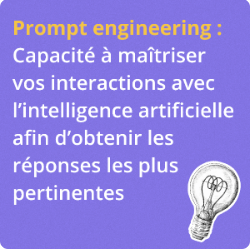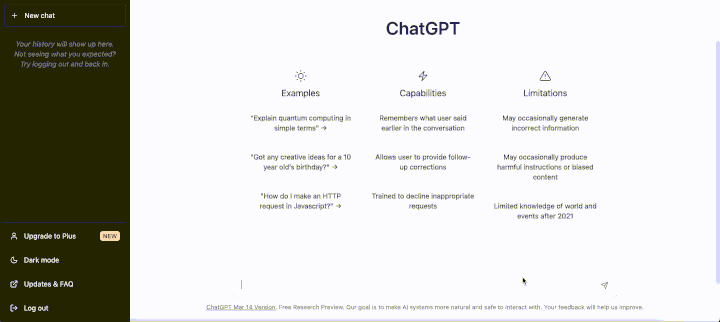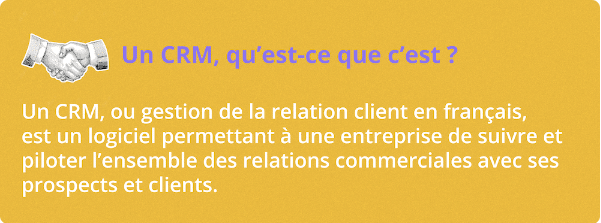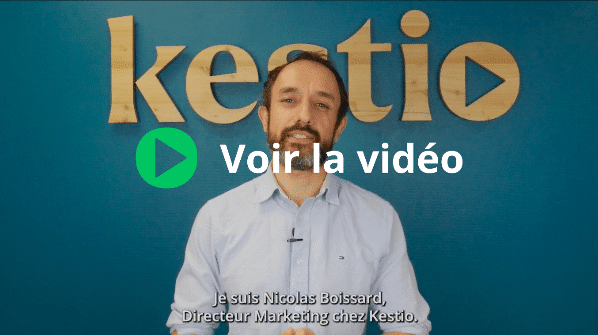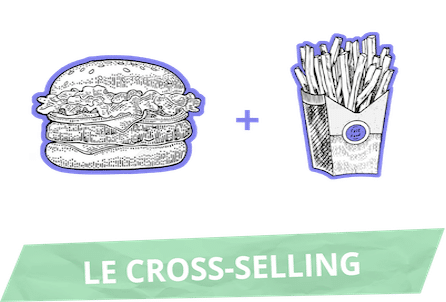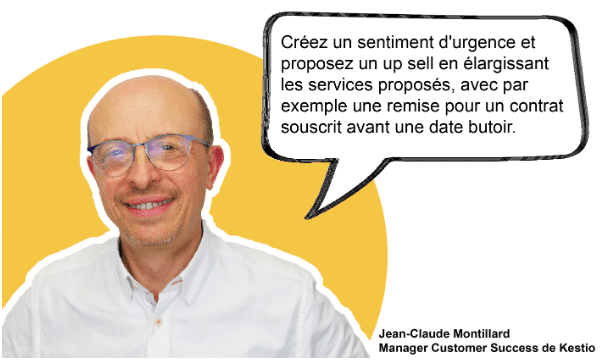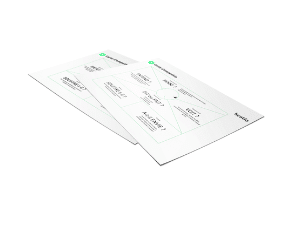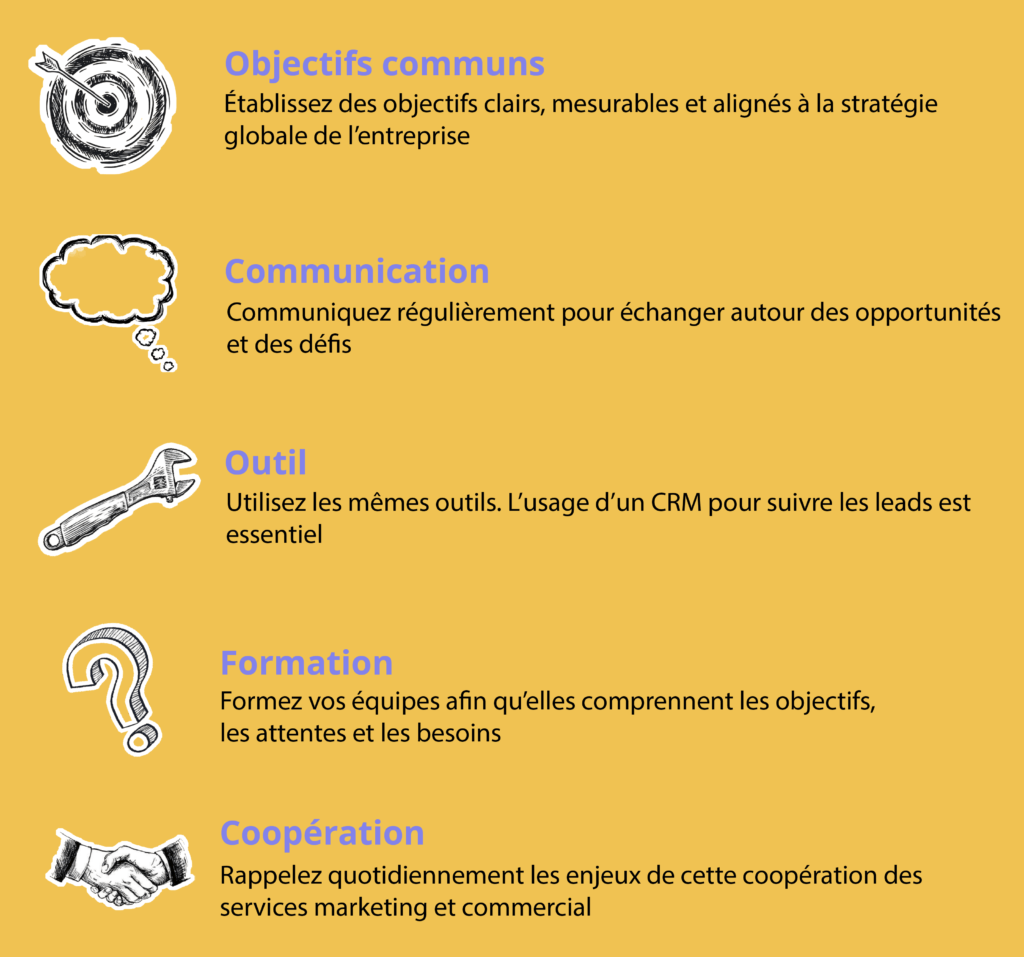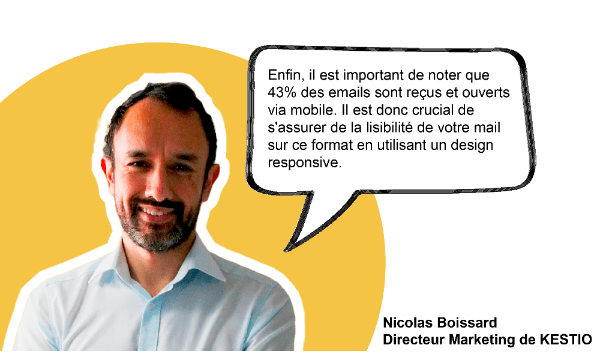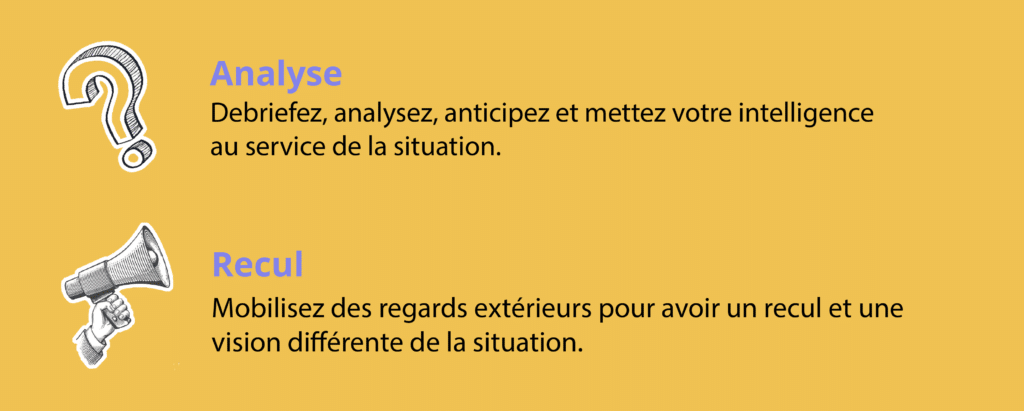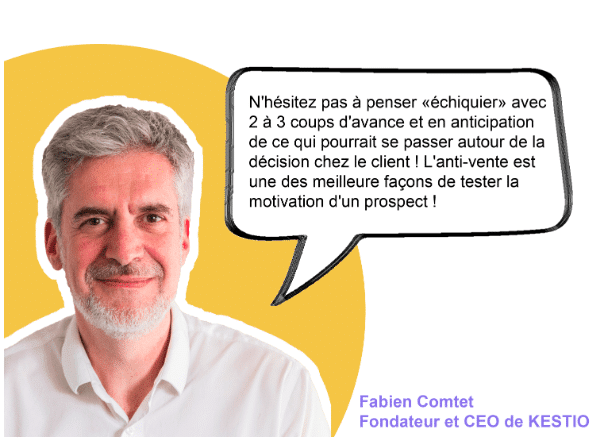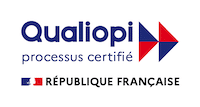5 days.
It will have taken ChatGPT 5 days to reach one million users, in December 2022.*
By comparison, Facebook reached the same figure in 10 months and Netflix in 3 and a half years!
So you probably couldn't miss the real craze surrounding this conversational artificial intelligence.
By asking a simple question, ChatGPT will search and gather the maximum amount of information available on the web to provide you with the most appropriate answer.
This chatbot offers its users an infinite number of possible uses
But just a few months after all this excitement, what can we learn from ChatGPT? How can you really use it in your day-to-day business to optimize your sales and marketing performance?
We use it on a daily basis at Kestio and would like to share our experience with you, as it can save you a lot of time and help you with key marketing and sales activities!
*Source: Sam Altman, 2022
KEY No. 1 - Master the prompt
As we explained earlier, ChatGPT is a conversational artificial intelligence. Its mode of operation is therefore based on the question or query you share with it.
If, when you tried out the chatbot, you were disappointed by the answers you got, it may be because your initial request wasn't clear enough!
Our advice for making the most of ChatGPT's features is to work on your requests. This is what we call " prompt engineering ".
The request you make to ChatGPT is called a " prompt". 🔍
Sharing a good "prompt" with ChatGPT is all about giving it context.
Do you want the tool to respond to you as a...
- Marketing specialist?
- SEO expert?
- Are you an ESN professional?
By giving as much context as possible to your search, you'll guide ChatGPT towards the type of response you're looking for.
Don't hesitate to specify the format and length of the expected result. 🛠
Example query
If, despite these recommendations, you're not satisfied with the answer you get, don't hesitate to refine your request by adding new instructions and telling the tool how it could correct itself.
Based on machine learning, ChatGPT will take your feedback into account to adjust its proposal!
The aim of ChatGPT is to replicate a conversation with a human. All you have to do is tell it which human you want it to be!
To help you optimize your queries, discover our webinar dedicated to thethe art of questioning.
Because with ChatGPT, as with any prospect, questioning is key!
KEY No. 2 - Perfect your marketing performance
How can you use ChatGPT in the marketing business to improve your company's performance?
ChatGPT will actually SAVE TIME!
The first way the tool can be used to improve marketing performance is on copywriting.
ChatGPT can help marketing professionals by providing a solid foundation for content creation.
✒️ Copywriting: articles, emails, social network posts, ideas for content, titles, subject lines, subject monitoring, SEO keyword research, text enrichment, popularizing a subject, rewording, etc.
The quality of the response proposed by artificial intelligence depends on the relevance and clarity of the prompt (the query).
Be sure to position the tool as an activity specialist, for example by asking questions such as:
The second way ChatGPT can be used to improve marketing performance is by understanding personas.
It can help marketing professionals better understand the personas they are addressing by providing answers to specific questions about their behaviors.
For example: "As a marketer, what are the challenges facing Marketing Directors in industrial companies? "
⚠️ It's important to note that using ChatGPT should not be seen as simply replicating or copying its content.
Instead, it can serve as a framework and structure for content creation, which can then be customized with the author's point of view and beliefs!
Content creation is a discipline that requires expertise and, above all, time.
At Kestio, we can help you make the most of your time and gain in productivity and visibility!
Click on the button below for a 15-minute exchange with
an expert in digital presence.👇🏻
KEY No. 3 - Perfect your sales performance
ChatGPT can have a significant impact on sales performance, helping you to better understand your target audience's issues and prepare your sales meetings effectively.
🎯 Indeed, by asking questions about the target company's business, activity or specific market issues, you can obtain useful information to better understand their needs.
This will enable salespeople to prepare their presentations and deliver more relevant solutions tailored to the customer's specific needs. 💥
For example, by asking questions such as:
ChatGPT is therefore useful for helping sales professionals write e-mails, sales proposals and call scripts.
As a conversational assistant, artificial intelligence can help professionals save time and deliver more personalized solutions, which can lead to an overall improvement in sales performance. 💬
To take your sales preparation one step further, we suggest you watch our video "Sales interview checklist", followed by a quiz on the subject. Click below to find out more! 🎲


